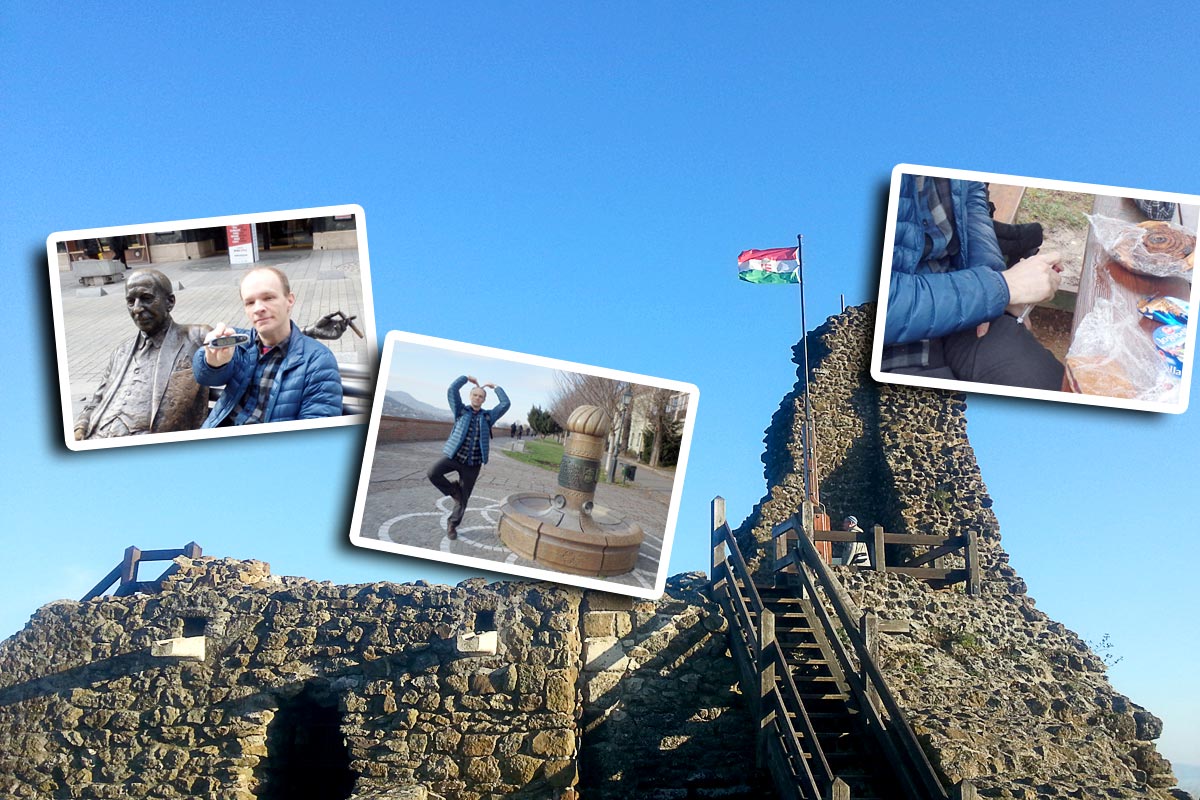
Traveling to Hungary as a diabetic? No problem!
Visiting Hungary with diabetes (or with a friend, spouse, or child who has diabetes) is easy. Hungary has good infrastructure and good medical facilities, and people are aware of diabetes there.
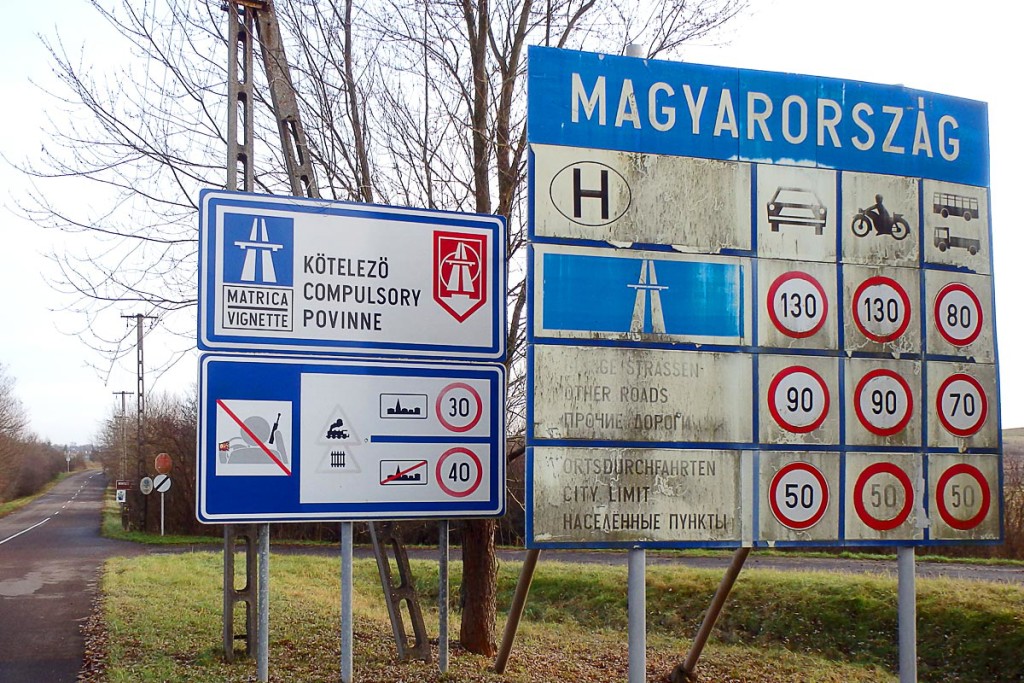
Welcome to Hungary sign at the Slovakian border. “Hungary” in the local language is “Magyarország”.
In this guide to traveling to Hungary with diabetes, you’ll find:
- Tips for handling insulin doses and Hungarian food
- How to eat whatever you want in Hungary
- How to communicate in Hungarian about diabetes
- How to keep and carry diabetes supplies while traveling in Hungary
- My experiences in Hungary as a traveling Type 1 diabetic
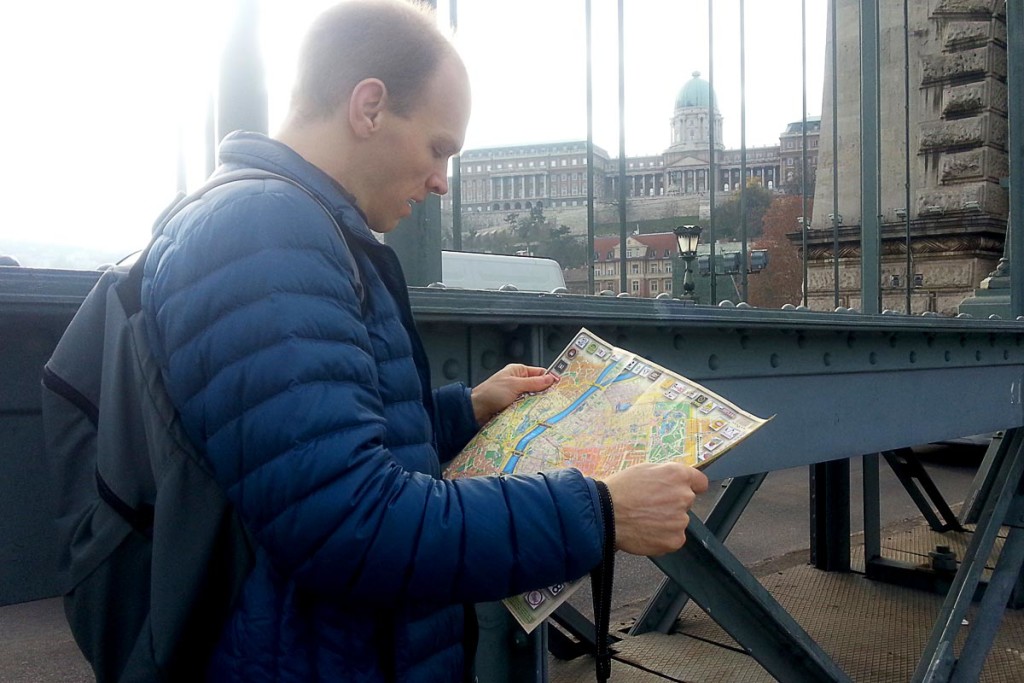
Preparation + attitude
Travel in Hungary will be smooth and problem-free if you are properly prepared and have the right attitude. The trick to making your trip perfect is to focus on the mental, not the medical.
How to prepare for a trip to Hungary with diabetes
Preparation for a trip to Hungary as a diabetic means getting together your supplies and packing and carrying them properly.
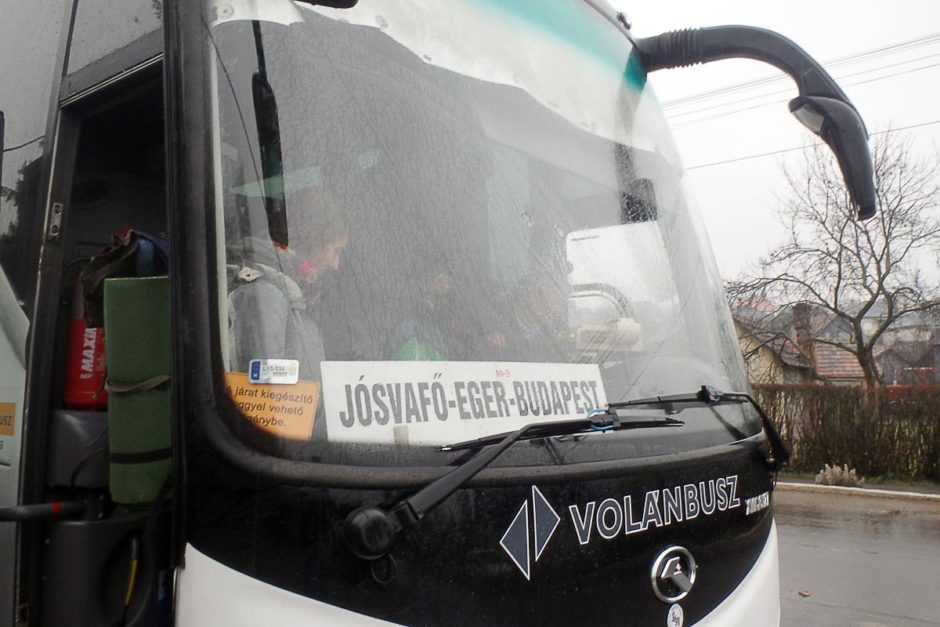
- Keep your insulin and blood sugar testing supplies in two separate places. If you travel with a bigger backpack or suitcase plus a day bag, keep half of your stuff in each. If something happens to one, you’ll still have the other.
- Always have low blood sugar snacks with you. Never go anywhere without something on you – juice, chocolate, etc. Keep backups in your big bag as well, in case you don’t have the opportunity to go shopping for replacement snacks when you need them.
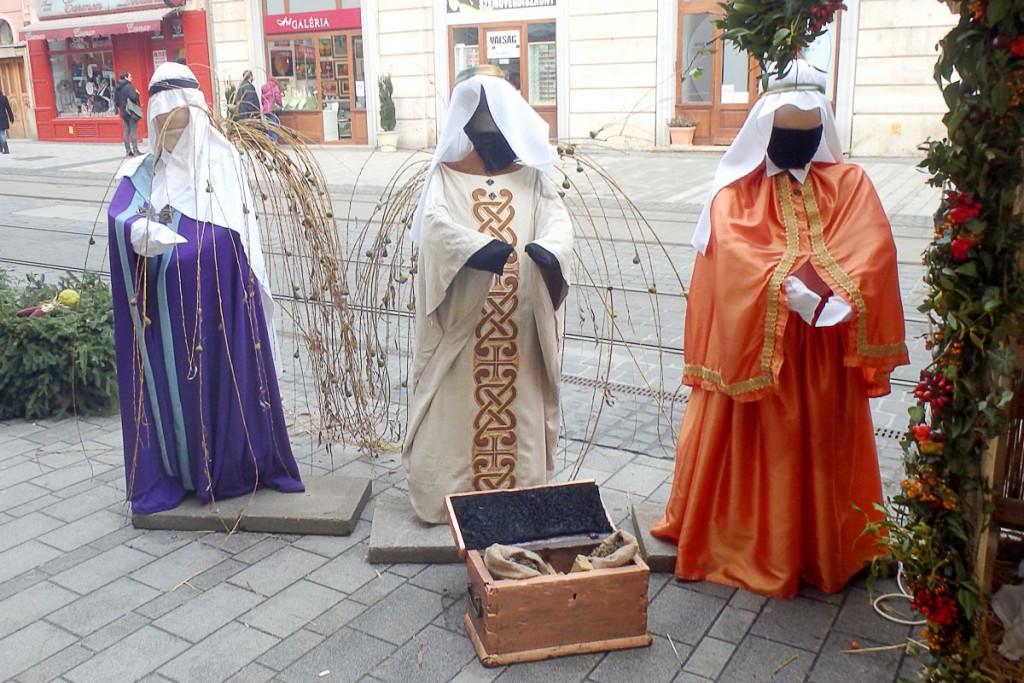
- Wear a piece of jewelry – necklace, bracelet, anklet, etc – that identifies you as a diabetic. English should be fine (see “How to speak Hungarian for T1Ds” below). Some people also keep a card in their wallet or pocket or purse that identifies them as a diabetic.
- Bring twice as many supplies as you’ll need. You can buy stuff anywhere in Hungary, but save yourself the hassle: calculate how much insulin and testing supplies you’ll need, double it, and then relax about it.

Get the right attitude about diabetes travel in Hungary
This is the most important section in this guide! Having the right attitude will get you through anything with diabetes.
When traveling in Hungary, planning a trip there, or even just considering one, internalize these true points:
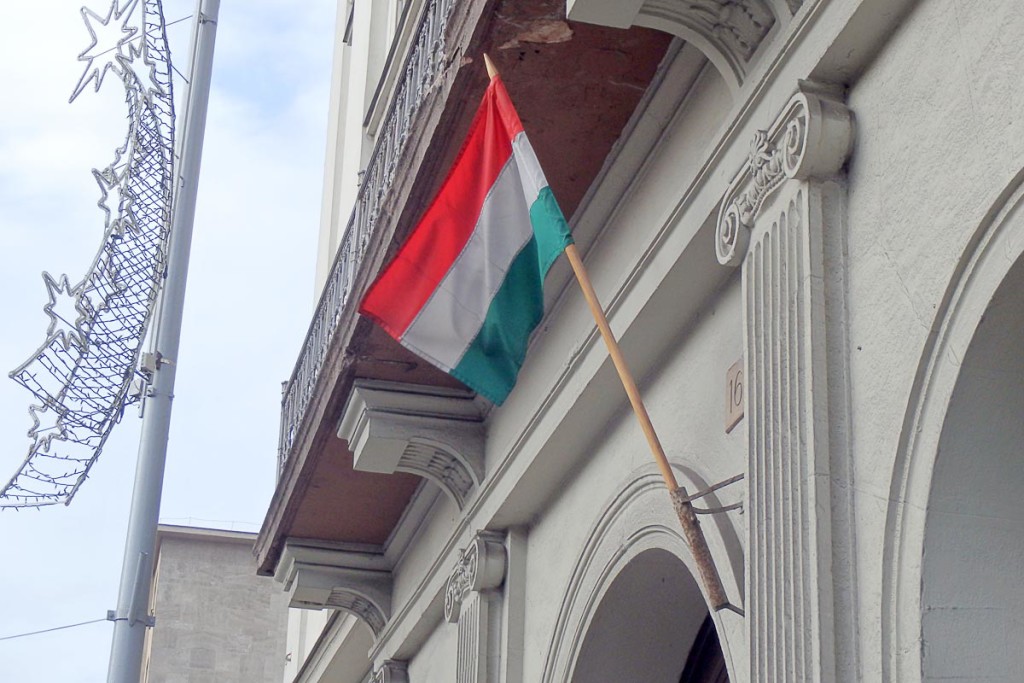
- Nothing bad will happen to your diabetes in Hungary. You won’t have to seek medical help, or have some serious blood sugar-related episode. Your blood sugar won’t be perfect but you’ll deal with it. Emergencies are always possible, of course, but so unlikely that you can forget about them. You are strong and resourceful. You’ll be fine in Hungary!
- You can eat what you want. Hungarian food (see below) includes a wide range of dishes, and choosing insulin doses for them all will be difficult if you’ve never had them before. Don’t let that scare you – make your best guess, eat the food that appeals to you, and check your blood sugar later.
- Diabetes can improve and enhance your travels. Diabetes focuses people who have it. It raises your awareness of your own body and moods. It keeps you eating regularly but not snacking between meals. Use the good health and discipline that diabetes promotes to enjoy Hungary that much more. With a clear head and a sense of responsibility, you’ll be able to concentrate more on the sights and experiences of Hungary and get more out of them.
If you had to boil all these points down into one single phrase, it is this:
Travel without fear.
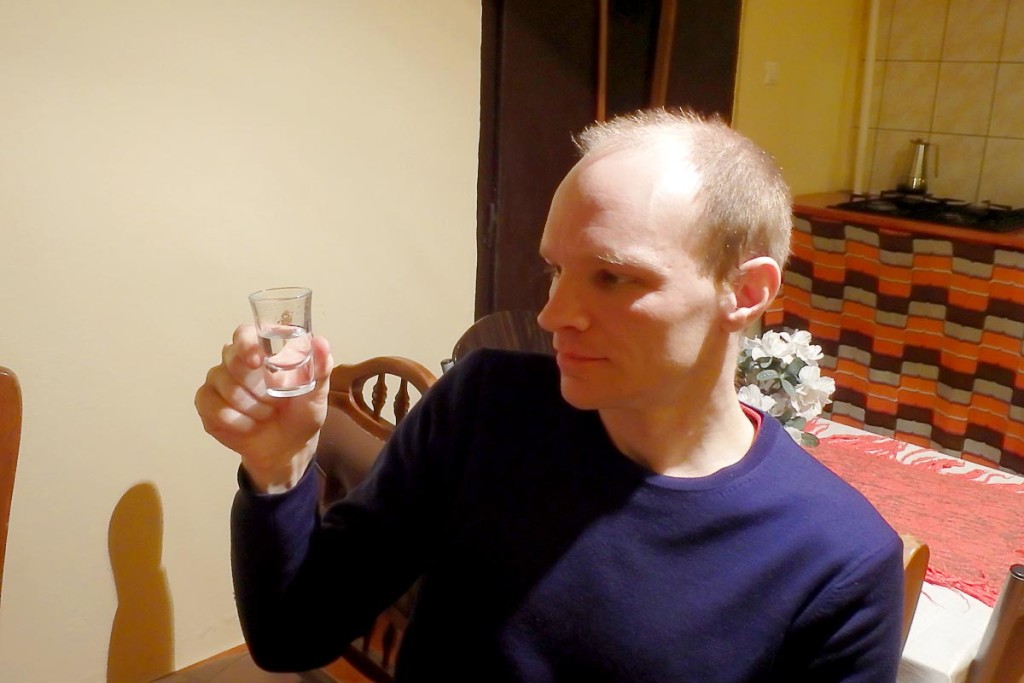
Our guesthouse owners kept filling our glasses with homemade liquor. Diabetic challenge!
How to speak Hungarian – for T1Ds
Hungarian is not related to the languages of the countries around it. As mentioned above, it is extremely unlikely that you’ll have to communicate to anyone about diabetes if you don’t want to while in Hungary.
But if you do, most important people (pharmacists, medical personnel) will be familiar with the English word “diabetes”. If not, you can just show them an insulin pen or a blood sugar (BG) testing monitor.
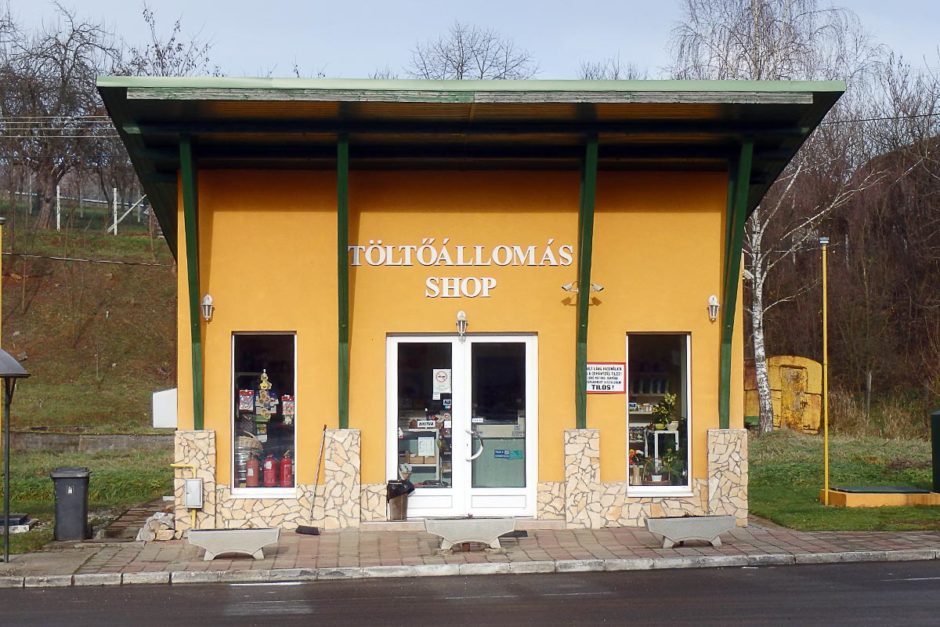
I’ll meet you down at the Totol… at the Toltollam… the Totaltollymaa… um, the store.
There are Hungarian phrases though for diabetes. Impress your new Magyar friends with your pronunciation of these words:
- “diabetes” – cukorbetegség (“tsu core beh TEG shaig”) – Translates as “sugar disease”
- “Type 1” – 1-es típusú (“ED yes tee pu shoo”)
- “insulin” – inzulin (“IN zoo lin”)
If you are wearing a piece of jewelry or carrying a card that says you’re diabetic, the English phrase “DIABETES MELLITUS” will be fine, as will shorter variants like “DIABETES” or “DM”.
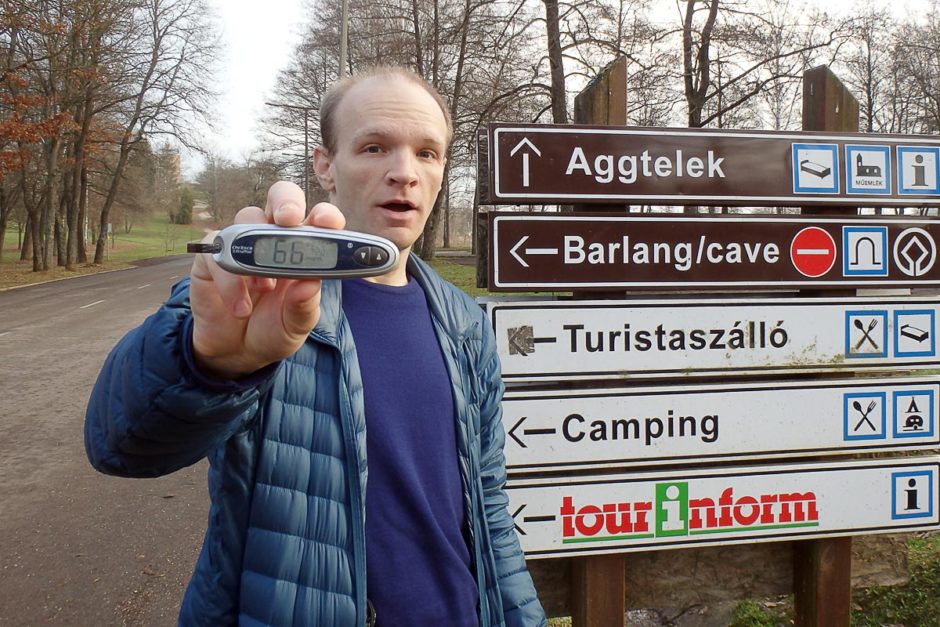
My route in Hungary
I traveled through Hungary (with diabetes) over seven days. I was backpacking – living cheap and with no set plan – with my non-diabetic travel partner. So we didn’t have a packaged tour itinerary, and no planned meals. We also tended to walk or bike everywhere rather than take tourist buses.
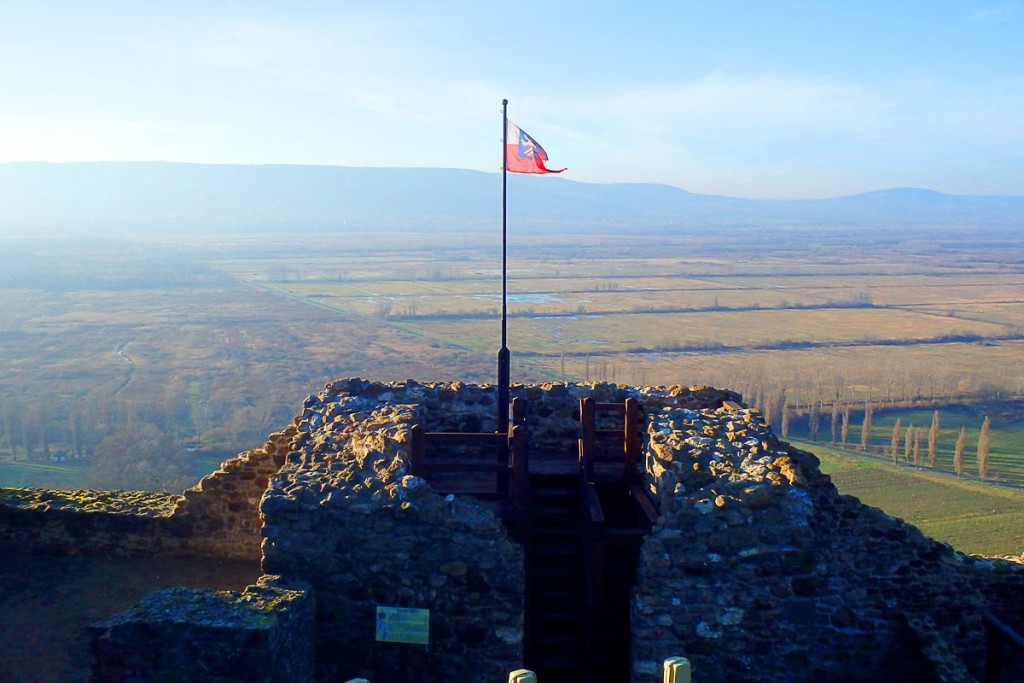
We entered Hungary from Slovakia to the town of Miskolc. The next day we took a bus to Aggtelek near the Slovakian border to see the UNESCO World Heritage Site caves there. After a couple days we went to Budapest, the magnificent capital of Hungary. From there we visited an obscure town called Balatongyörök on the shores of Lake Balaton, Central Europe’s largest lake, and rode bicycles to nearby Szigliget Castle. After that we took a series of trains into Slovenia.

Parliament Building on the Danube River, Budapest.
My diabetes experiences in Hungary
My blood sugars over seven days in Hungary were not great, but not terrible. My average BG was higher than it had been in Slovakia, but better than it had been in the several countries before that.
I did experience my highest reading of my long trip so far – a 402 after an ill-timed pizza meal – but most of all was still showing improvement with my insulin doses and control.
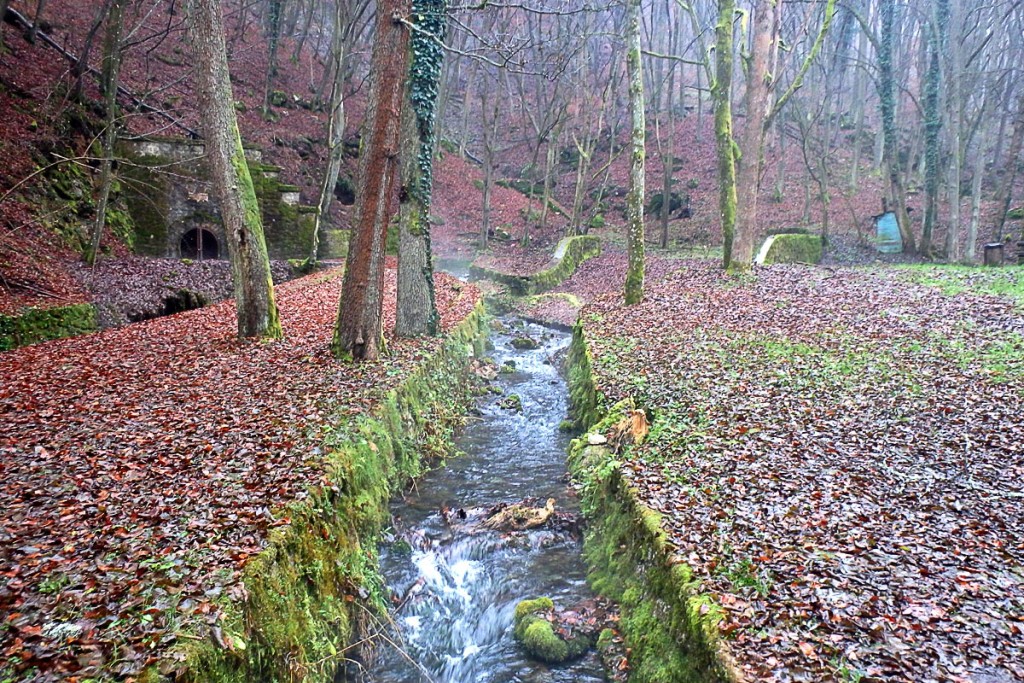
Blood sugar should be as good as you can make it, but if it gets out of hand, don’t worry. As long as you are conscious of it and trying to make adjustments, you’re winning diabetes. Your readings will eventually get better, even if you have to work a while at it.
I’d rather have high blood sugar while traveling than while sitting in my office back home.
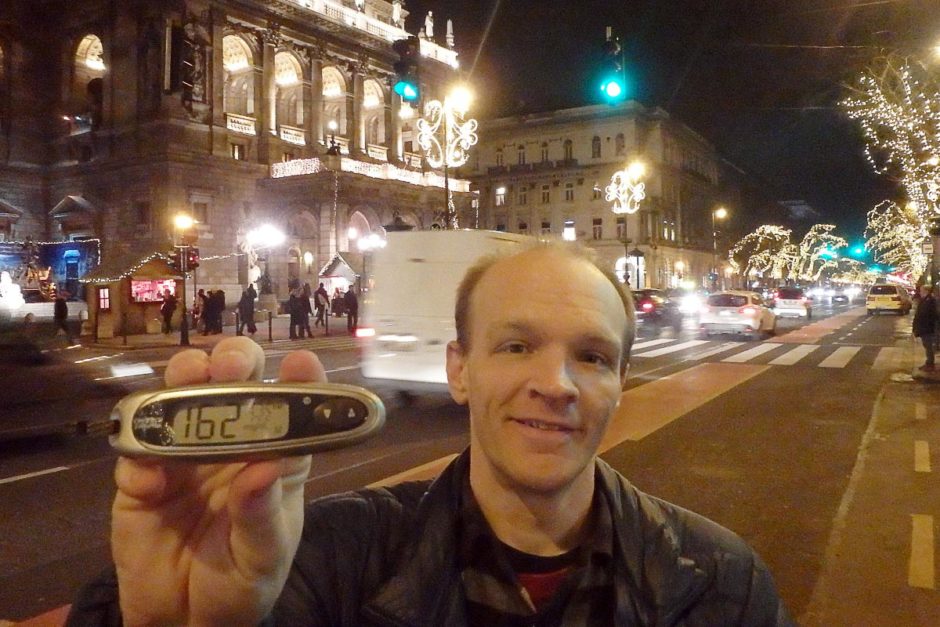
Budapest at Christmastime.
My blood sugar stats from Hungary
- Total number of BG checks: 30
- Average BG: 176
- Lowest BG: 59
- Highest BG: 402
- Average morning BGs (~12:00): 162
- Average afternoon BGs (12:00~6:00): 135
- Average evening BGs (6:00~): 230
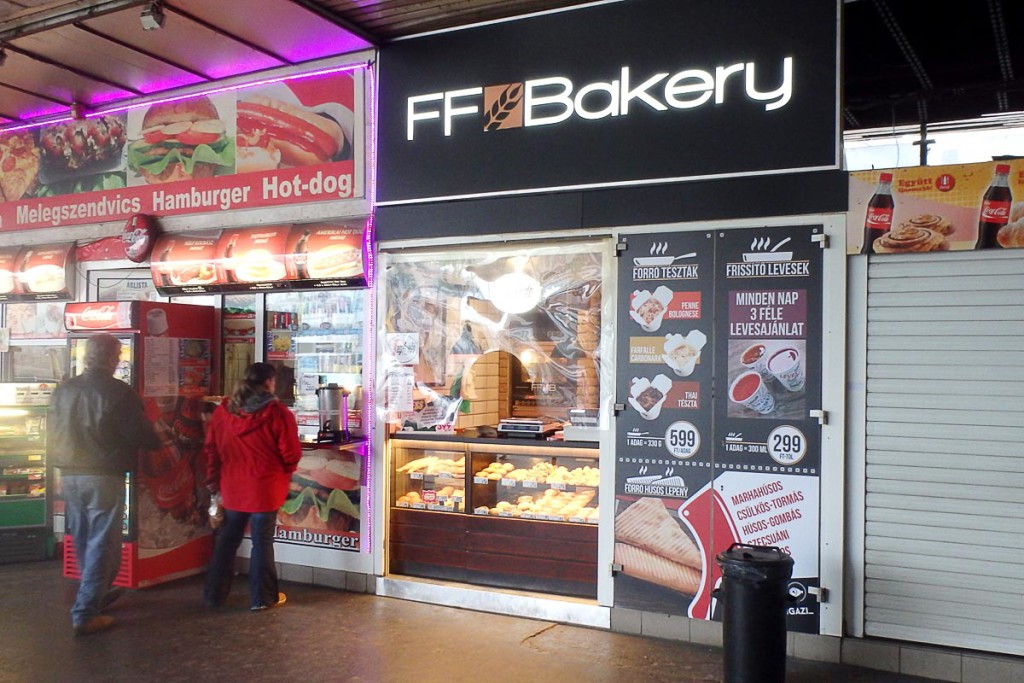
Place for a quick meal. (Budapest train station)
Clearly the Hungarian dinners were higher in carbs than I was planning, making my average evening readings much higher than at other times.
On an optimistic note, the high evening BGs that followed dinner were taken care of with a corrective Humalog shot, so my BG wasn’t that high for more than a couple hours usually. I bet my A1C for my week in Hungary would have reflected a better number than my average actual reading.
When you’re in Hungary, check your blood sugar often. It’s probably the single most important thing you can do while traveling.
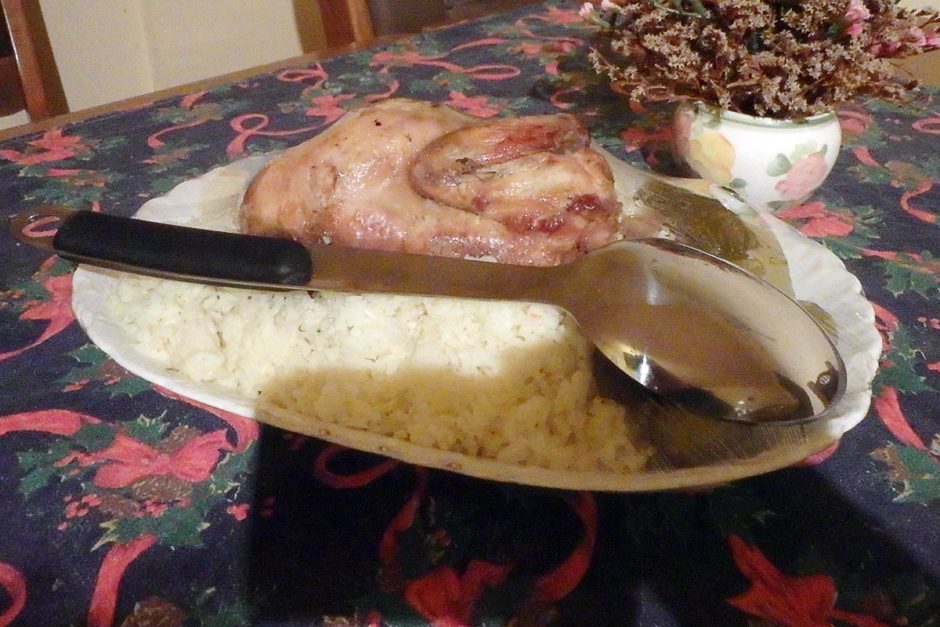
Part of an endless rice and liquor dinner in Hungary. BG was surprisingly ok afterwards.
Hungarian food
Traveling in Hungary usually includes a wide range of foods, from the nice and local to the junky and train station-y. The reality of diabetes is that you’ll need to be prepared to eat all types of food, and guess the best you can. Check often, and adjust accordingly. Keep at it, even if it doesn’t seem to be working out at first. It will eventually!
The food you eat in Hungary will likely resemble what I found. Here is a sampling:
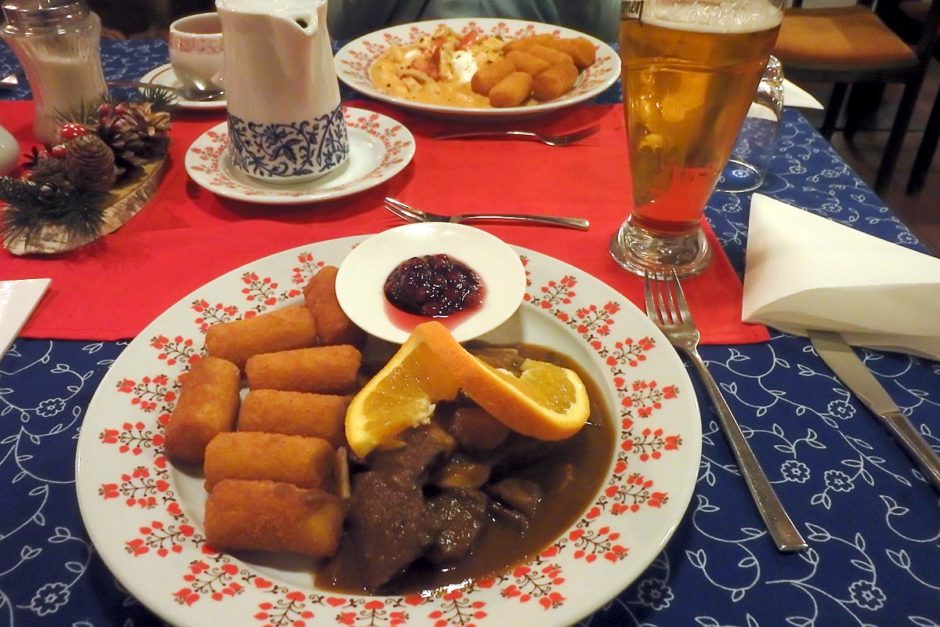
- Hungarian food – Goulash and potatoes can often be found in restaurants in Hungary, and are served with various kinds of meat. They’re delicious, but can be higher in carbs than you might think. Dose well, and check afterwards. Rice is served with some meals too. Be careful since rice is super-dense.
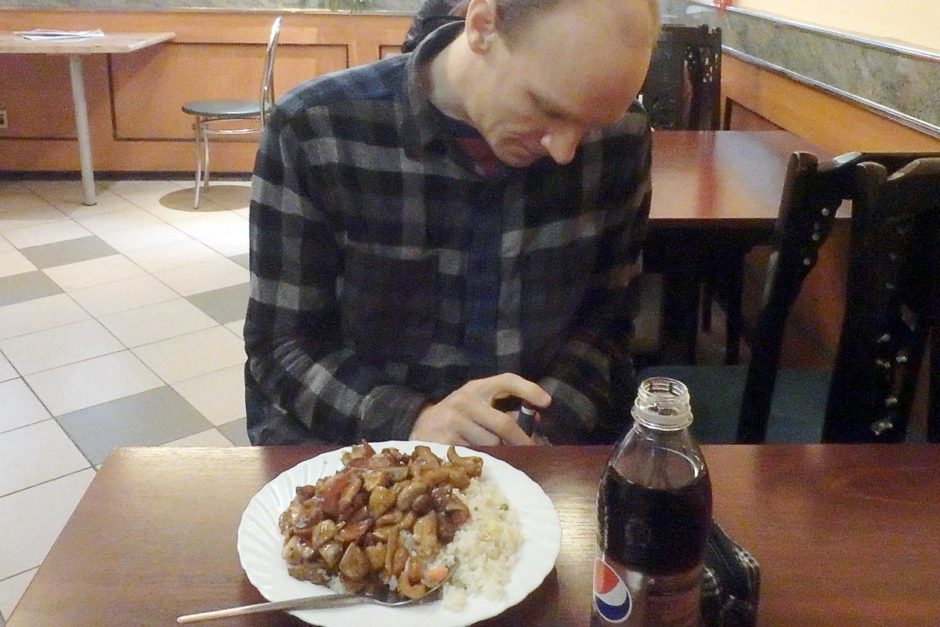
Shot time at a Chinese restaurant in Hungary.
- International food – Especially in larger towns and cities, you can find all kinds of international foods – Italian, Chinese, etc. And of course, American fast food chains and things like that.
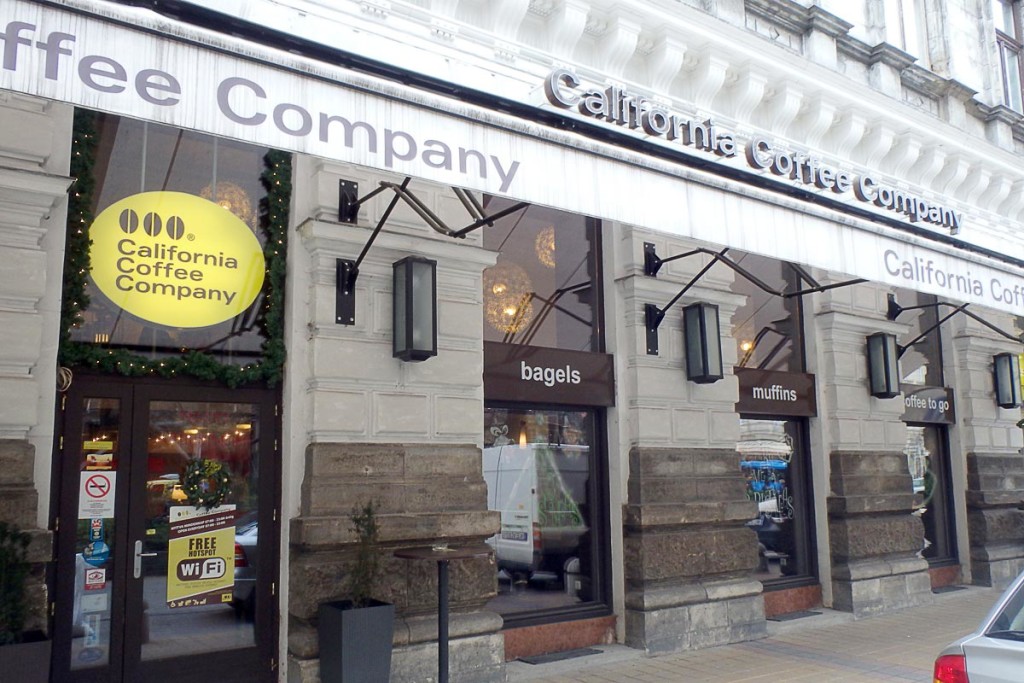
- Cafés – Big Starbucks-like coffee shops are common sights in Hungary. Some serve sandwiches and yogurt type snacks, and most serve pastries and doughnuts. Generally high in carbs!
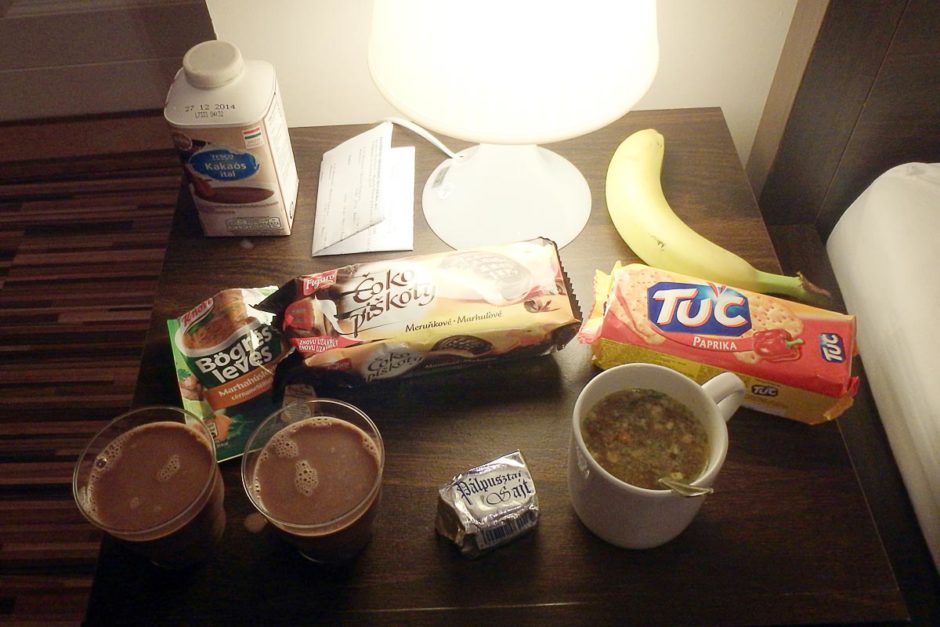
Junk food dinner in Hungary.
- Convenience store snacks – For train and bus journeys, stock up on lunch (and low BG snacks!) before you leave. Train and bus stations will generally have one or more shops you can shop at or even get cheap takeout food for the journey.
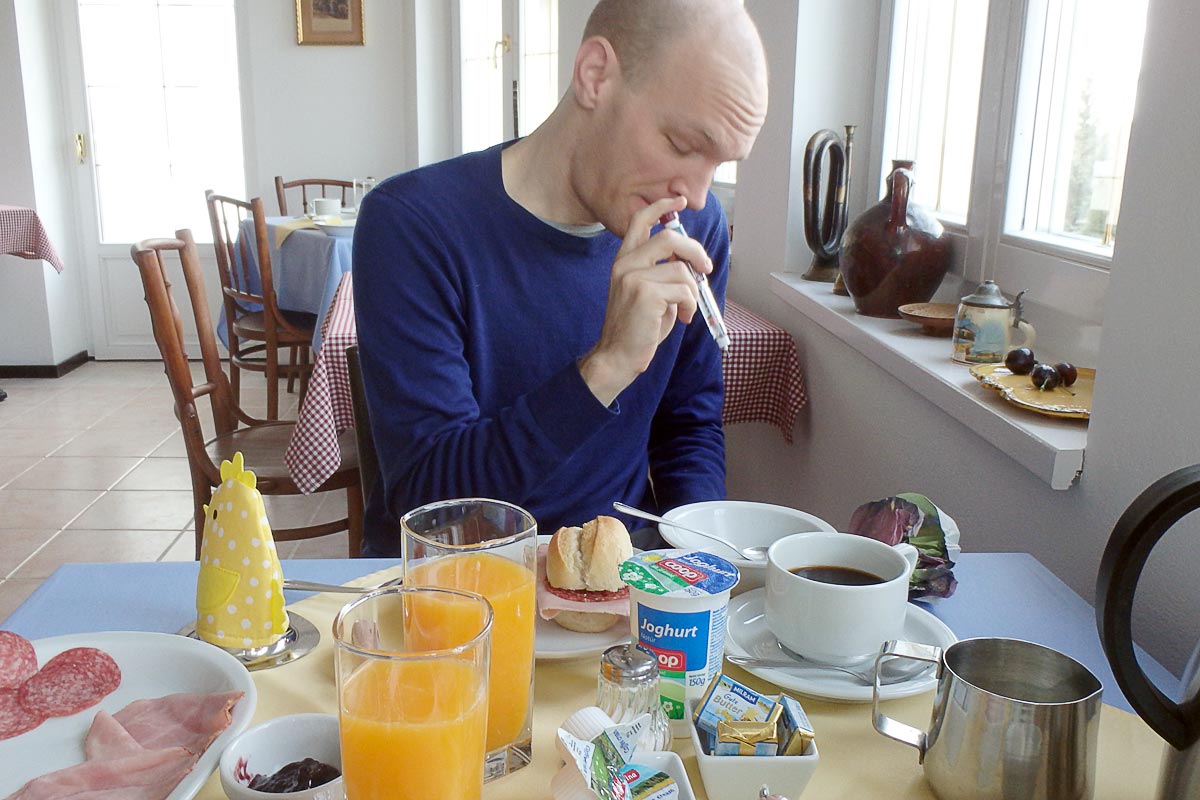
- Breakfasts – Many hostels, hotels, and guesthouses in Hungary will offer breakfasts. Some are gigantic buffets with rolls, sausages, lunch meat, fruit, yogurt, eggs, juice, coffee, etc. These can be a great way to stock up on food – save money and only need a very small lunch. Many diabetics struggle with large breakfasts, of course; eat what you think you can handle and check afterwards.
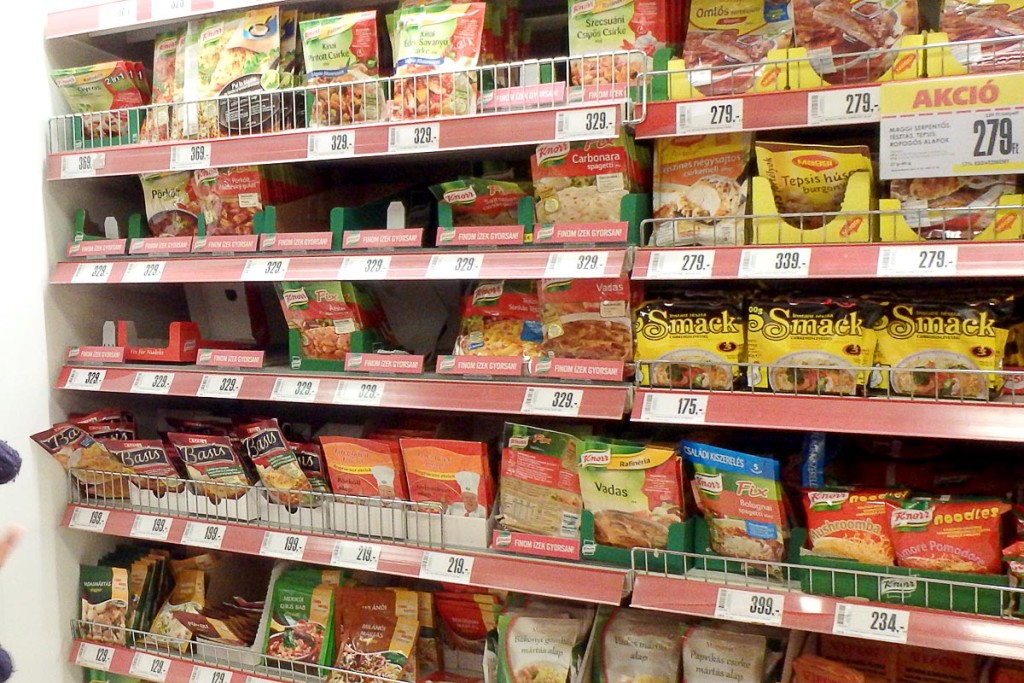
- Supermarket foods – If you stay at a place with kitchen facilities you can cook for yourself sometimes. Supermarkets have all the usual types of food for microwave, stovetop, and oven cooking. Even the tiniest store will have something you can cobble together. Diabetics are generally a resourceful lot; you’ll find something good anywhere!
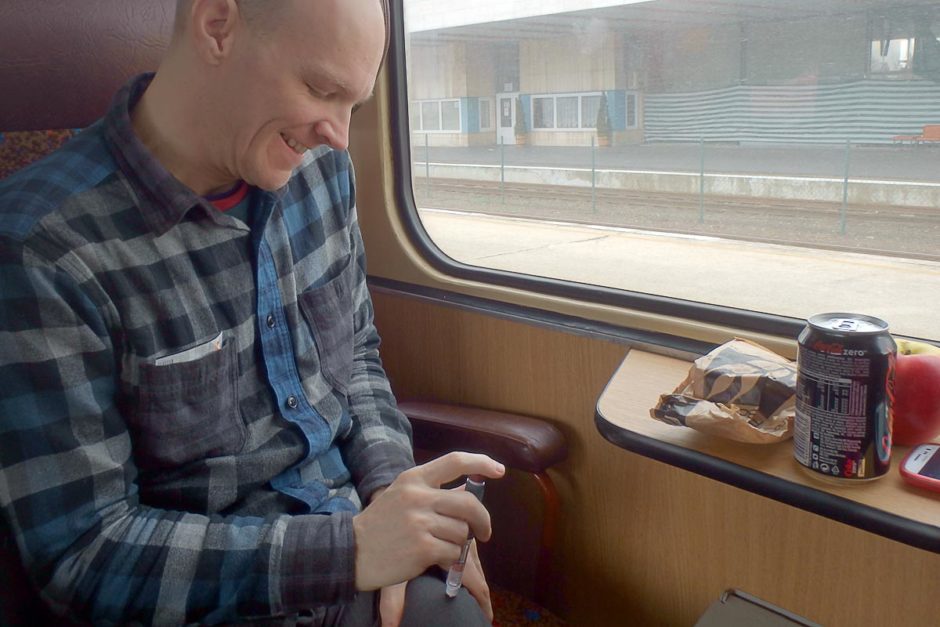
Injecting insulin in public
If you inject in your arms, stomach, legs, eyeballs, wherever – you may do so in public if you can be discreet about it. Personally, I inject in my legs, and did so at many restaurants and in train and bus seats without going off to the bathroom. If you have good travel pants you won’t have to worry about permanent blood stains, and although not officially recommended, I never had any issues arising from through-material injections.
The same goes for blood sugar checking in public. It might gross some people out, so be as discreet as possible. You can always scamper off to the bathroom for a quick injection anyway. Just be sure the food will be there when you return to your table!
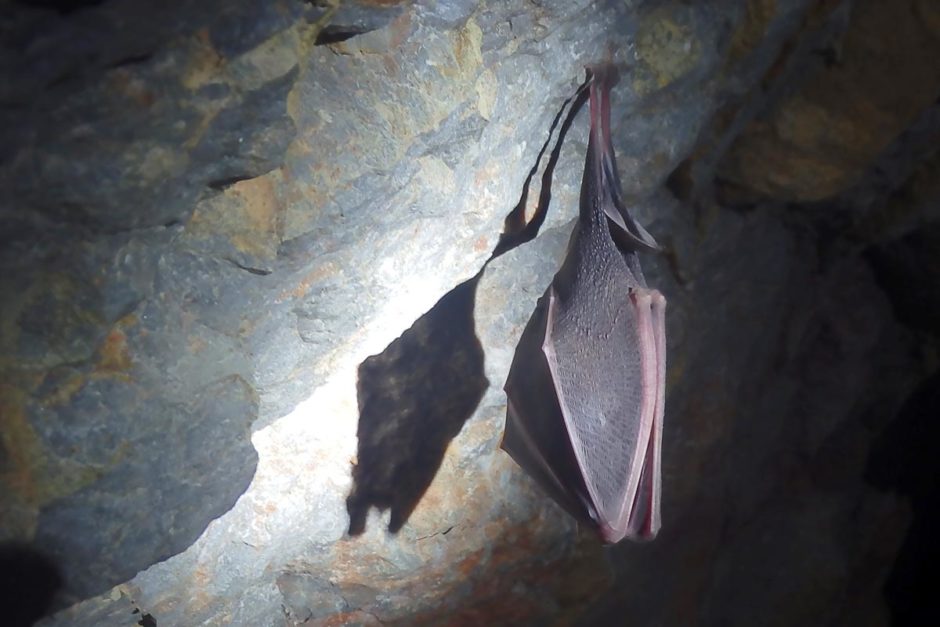
Bat in a cave, northern Hungary.
Rooms and accommodation in Hungary
With a website like booking.com (which I used throughout Hungary) you can easily choose a room in the location and price range you want, and with whatever amenities you want. (Breakfast included or free use of bicycles, for example.) Some of the places I stayed may be similar to what you find:
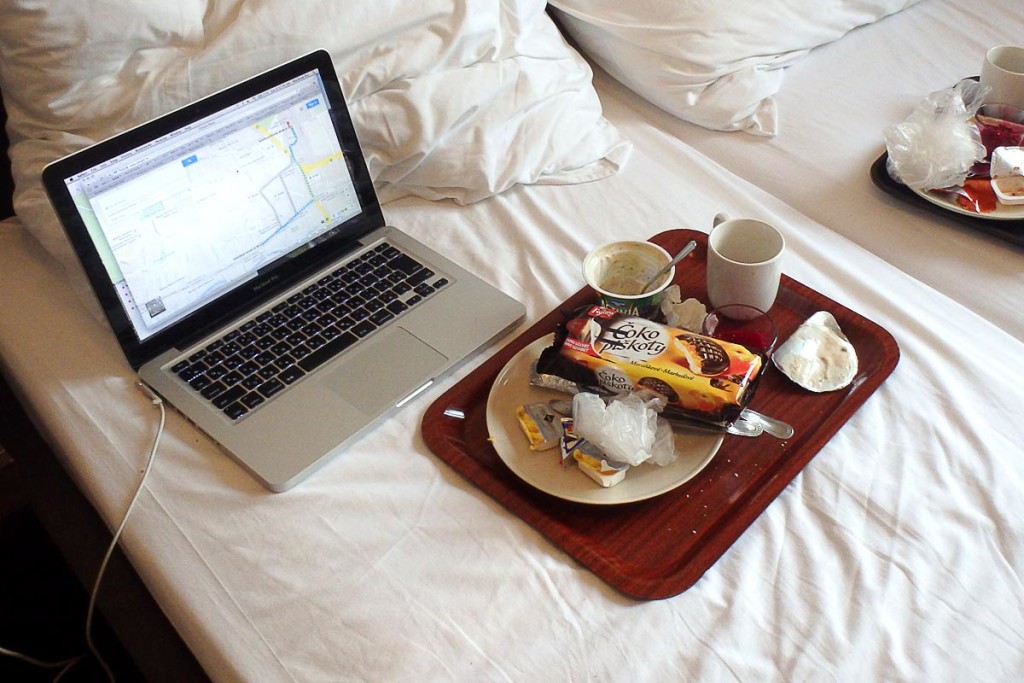
Breakfast detritus at Promenade Pension in Miskolc.
- Promenade Pension, Miskolc – Hidden in a courtyard behind a locked gate, this place is nice but small, and quiet. Breakfast was served on trays, and even included Hungarian beets. A refrigerator was in our room, so I could keep my insulin supply cool. (Don’t forget to take your insulin when you check out!)
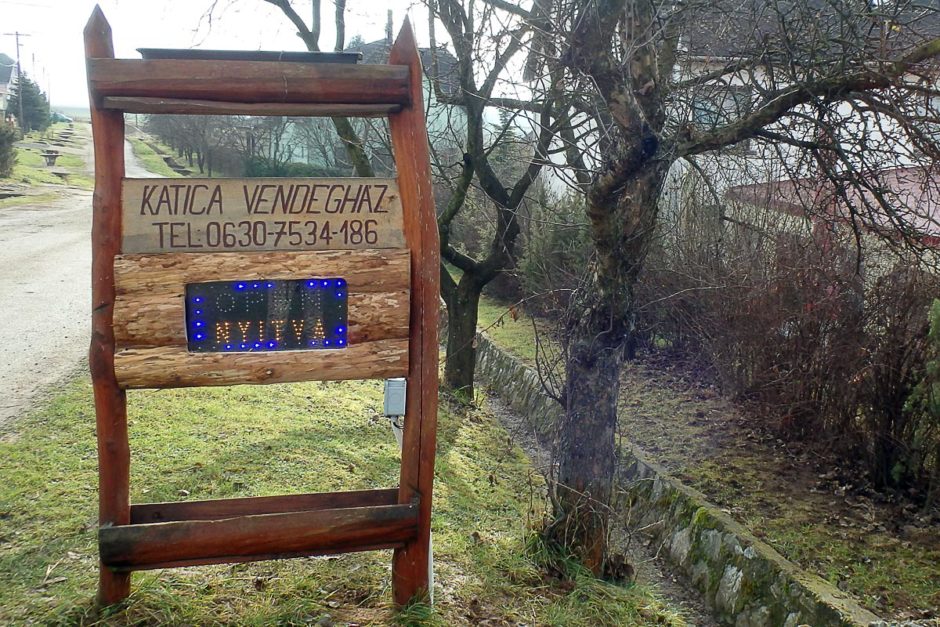
- Katica Vendegház, Aggtelek – A house on a residential street run by a couple in the tiny village of Aggtelek. Excellent homemade meals here, including one of roast chicken, tons of rice, pickles, sausages, vegetable soup, and endless shots of liquor from a label-less jug. Impossible to dose for, but my BG was ok afterwards. Go figure. The couple drove us to take cave tours nearby and were very friendly and welcoming. Unsophisticated and appealingly rustic.
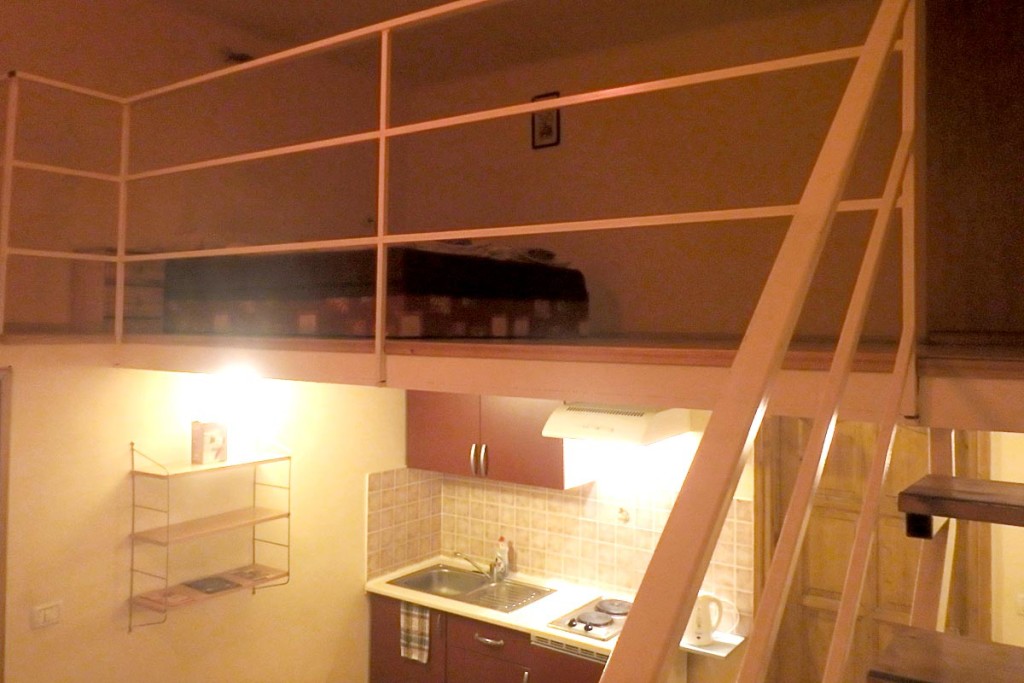
Elvis Guesthouse loft room with full kitchen, Budapest.
- Elvis Guesthouse, Budapest – Simple hostel-type place. There were two locations, and when we went to the wrong one (the only one we had been told of), they first offered to take us to the right place, but then just gave us a bigger room with our own full kitchen and an upstairs loft with a bed. Great location in the middle of the city in a cute area full of shops and restaurants.
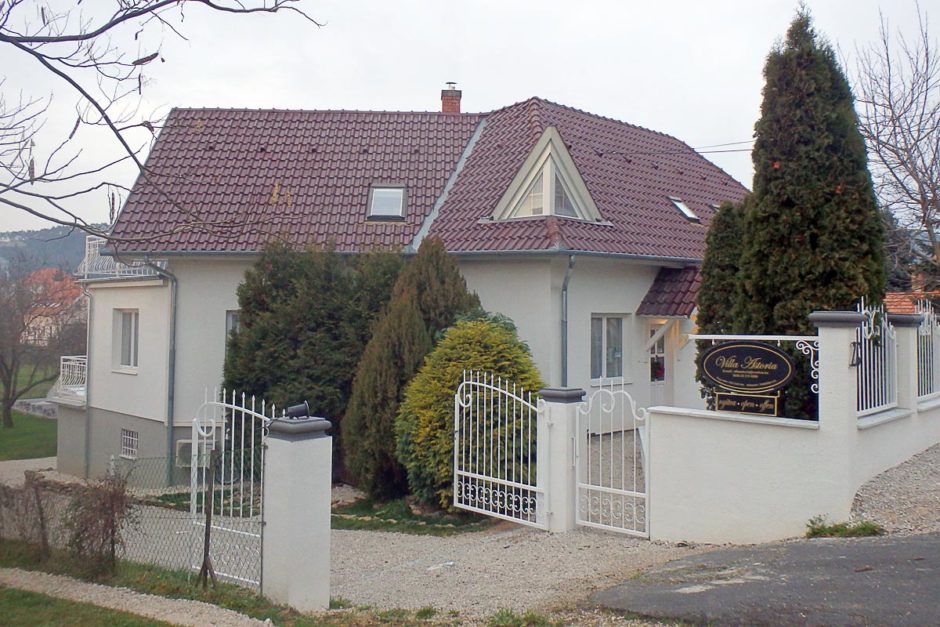
Villa Astoria in central Hungary.
- Villa Astoria, Balatongyörök – Very family-run little place a couple kilometers from the the train station and Lake Balaton, this is run by a retired company CEO who wants to give people the comfort and cleanliness he was used to, but very cheaply. Superb breakfasts, free bicycle rental, unbelievably quiet location amid farms. Truly a wonderful place to stay.
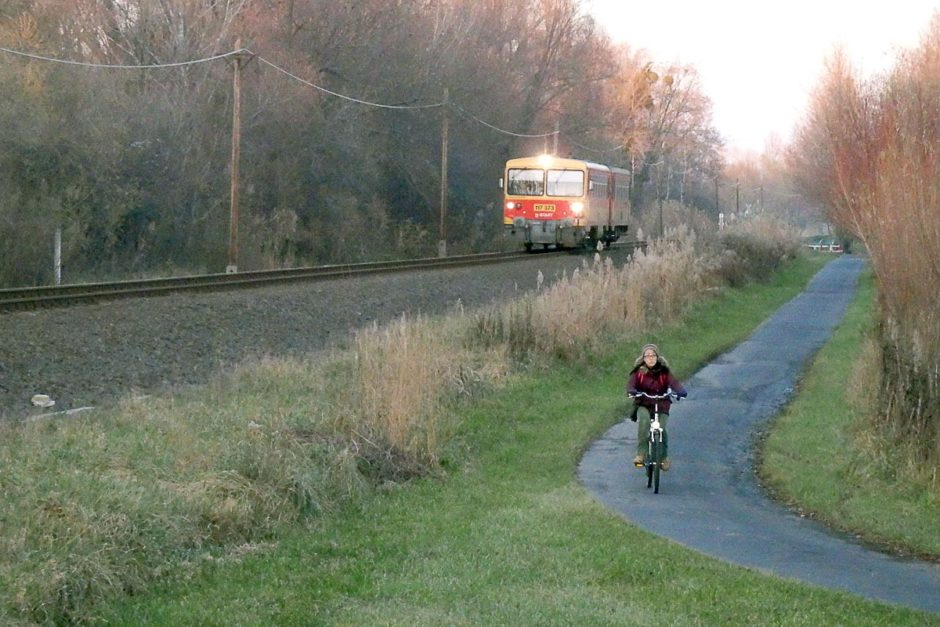
Have you been to Hungary?
T1D Wanderer is always looking to hear from diabetic travelers. If you have experience traveling in Hungary with diabetes, let me know your own thoughts and tips.
If you are planning a trip as a diabetic traveler to Hungary or have any questions, let me know that too.
You can go anywhere with diabetes!
Read more about my travels in Hungary
Come along on the adventure! Follow detailed travelogues about the wondrous sights, fascinating people, and varied diabetes experiences I encountered as a traveling T1D in Hungary:
Day 52: Long Final Day In Hummené, Slovakia
Day 53: Awesome Baradla Cave Tour In Aggtelek, Hungary
Day 54: Cave Hike From Vörös-tó To Jósvafő, Hungary
Day 55: High Blood Sugars In Budapest, Hungary
Day 56: Visiting Buda And Pest By The Danube In Hungary
Day 57: Local Train Along Lake Balaton In Hungary
Day 58: Biking And Hiking Up To Szigliget Castle, Hungary
Day 59: Train Across The Border To Ptuj, Slovenia
Thanks for reading. Suggested:
- Share:
- Read next: Tips for traveling to Slovenia with diabetes
- News: Newsletter (posted for free on Patreon every week)
- Support: Patreon (watch extended, ad-free videos and get other perks)

Support independent travel content
You can support my work via Patreon. Get early links to new videos, shout-outs in my videos, and other perks for as little as $1/month.
Your support helps me make more videos and bring you travels from interesting and lesser-known places. Join us! See details, perks, and support tiers at patreon.com/t1dwanderer. Thanks!
